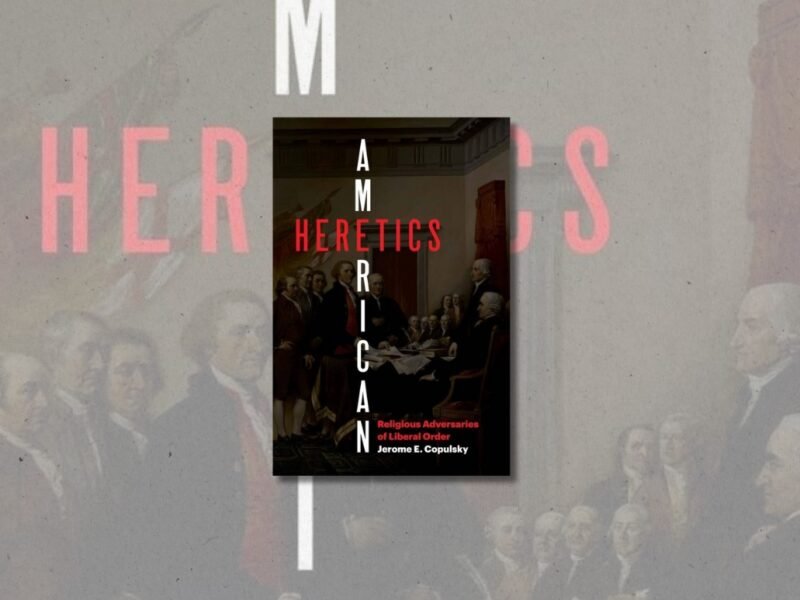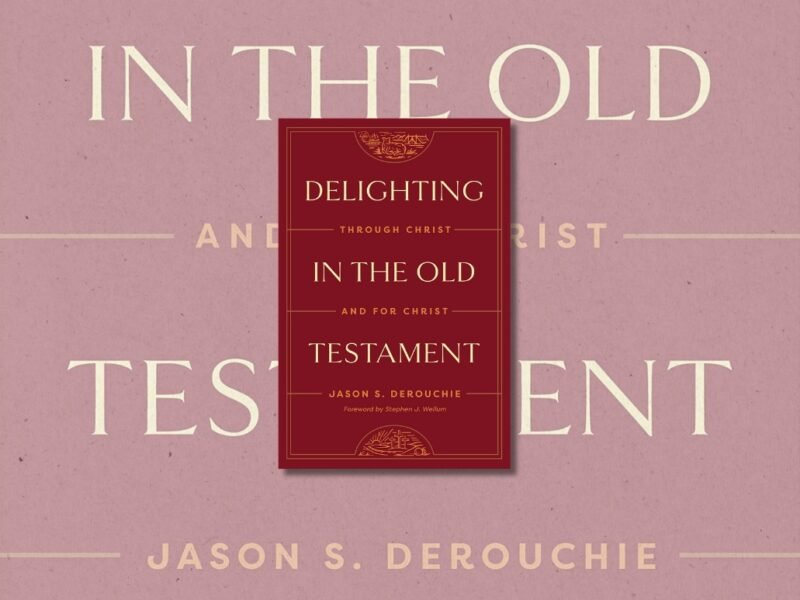Anti-Methodism and Theological Controversy in Eighteenth-Century England: The Struggle for True Religion. By Simon Lewis. New York: Oxford University Press, 2022. 224 pp. $85 (cloth).
Peter B. Nockles notes in The Oxford Movement in Context that there is a “myth” that the eighteenth-century Church of England saw a “collapse of High Churchmanship” (6). In a similar vein, Simon Lewis begins his Anti-Methodism and Theological Controversy by observing, “There remains much work to be done in terms of correcting the stereotype—advanced by Victorian Tractarians—that Georgian Anglicans replaced ‘dogmatic theology’ with ‘rationalism’, thereby eschewing ‘mystery’” (2). This rationalist bent supposedly manifested in contemporary opposition to Methodism, which was attacked for promoting “enthusiasm” (7).
The purpose of Lewis’s book, then, is to “explore the polemical attacks on [John] Wesley and [George] Whitefield, thereby placing Methodism more firmly in its contemporary theological context.” Lewis argues in particular that “Methodism—rather than appearing as an aberration or dramatic innovation—can be placed in the broader perspective of the ‘long Reformation’; as part of the Church of England’s continuing struggle to define itself theologically” (1).
Chapter 1 “charts the rise of Methodism”; chapter 2 “explores the soteriological clashes between Methodists and their High Church opponents”; chapter 3 “[explores] responses to Methodist asceticism”; chapter 4 discusses “attacks on Methodist ‘enthusiasm’”; chapter 5 “explores the perceived relationship between Methodism and deism”; chapter 6 “discusses anti-Methodism in the context of the eighteenth-century miracles debate”; and chapter 7 explores anti-Methodist attacks from “Latitudinarians and heterodox ‘Rational dissenters’” (6‒8).
An important insight from Lewis’s study is that the character of both Methodism and anti-Methodism was anything but uniform. As he puts it, “One should not speak of ‘anti-Methodist Anglicans’ as a theologically homogeneous group” (75). Some were high-church, others were Latitudinarians and Dissenters, and still others were deists. By the same token, “Eighteenth-century Methodism was a complicated movement, which incorporated a diverse spectrum of religious traditions” (5). This is important to remember, considering that the idea of a Calvinist Methodist like George Whitefield is today virtually a contradiction in terms, given how predominant Arminianism is within contemporary Methodism.
In consequence, “Methodism” could be (and was) attacked for completely opposed reasons. To mention just one of Lewis’s examples, Wesley and Whitefield were labeled as “solifidians” for denying that works were necessary for regeneration (37). At the same time, both were criticized for their “asceticism”—Wesley for promoting “‘entire sanctification’…in which Christians no longer committed any outward or voluntary sins” (65), and Whitefield for preaching against such popular pastimes as “‘the stage,’” “‘frequenting taverns,’” and “‘Billiards, Bowls, and other unlawful Games’” (67).
Potential readers should be aware that Lewis’s primary goal is that of an historian: to situate eighteenth-century disputes between Methodists and anti-Methodists in their larger historical context, and to show that these disputes did not arise in a vacuum, but were the latest chapter in (as Lewis calls it) the Church of England’s struggle to define itself theologically, “illuminating the highly contested status, purpose, and meaning of the Reformation in eighteenth-century England” (165). He therefore does not attempt to adjudicate between the different factions, opting to summarize and exposit (rather than critically evaluate) polemical works authored by Wesley, Whitefield, and a variety of anti-Methodists. In short, anyone who wishes to learn more about the nature of eighteenth-century opposition to Methodism will find this book informative. On the other hand, those who are more interested in weighing the actual merits of Methodism vs. Anglicanism will want to look elsewhere.
That said, I will venture a couple of comments myself, drawing on one example from Lewis’s analysis. In his chapter on justification, he writes that “the Restoration Church of England placed ‘moralism’ firmly at the centre of its ethos” (37). Here “moralism” refers specifically to the idea that works are a condition of justification, taught by (among others) Bishop George Bull and Bishop Edmund Gibson (37‒38). On this view, Paul’s claim that we are justified apart from works only excludes what Bull calls works of “‘the Mosaic Law’” (38), or in Bishop George Horne’s phrase, “‘heathen and Jewish works…performed without the grace of Christ’” (51, italics original). John Wesley, in contrast, maintained that works were not a condition of “initial justification,” i.e., conversion, though he also affirmed that works were a condition of “ultimate justification,” i.e., salvation (37, italics original). Yet the former position was enough for Thomas Church to accuse him of “unwittingly spreading Calvinistic soteriology” (50).
This idea of works being a condition for either conversion or “ultimate justification” seems more than a bit evocative of the New Perspective on Paul (which, apparently, was not new even in the 1970s). I found my sympathies going to neither the Methodists nor the anti-Methodists, but to the “Reformed clergymen” mentioned briefly in passing by Lewis (Bishop William Beveridge, Thomas Barlow, and Thomas Tully), who “believed that [the biblical book of] James had described works, not as a condition of justification, but rather as evidence of its occurrence” (38, italics original).
I dwell on this example in order to illustrate that successfully establishing the theological character of eighteenth-century anti-Methodism, as Lewis does, perhaps does not serve to rehabilitate the period as much as might be thought. Incidental as this observation may be to Lewis’s project, it was nevertheless the most lasting impression the book left on me.






'Book Review: “Anti-Methodism and Theological Controversy”' has 1 comment
June 6, 2022 @ 4:28 pm Sudduth Rea Cummings
It’s one of the great tragedies of ecclesiastical and theological history that the Methodists thought it necessary to leave the Church of England (and hence Anglicanism). If John and Charles Wesley had their way this would never have happened. It seems obvious that any kind of formal ecclesiastical reconciliation/reunion would be feasible now which is simply another reason for grieving.